Portfolio
Social Drones
Embodied cognition
Project
2017
Embodied cognition
Project
2017
More than 770,000 U.S. drone registrations have been filed in about 15 months in 2017 and over 100,000 drones have been registered in April 2017 alone. A big challenge caused by this increase, is the need for public acceptance and autonomy of drone operation in complex and messy environments, specifically in direct engagement with humans. Unlike pixels on a screen, drones are physical objects that occupy the same space as humans and can interact with us through lighting, motion, sound, or physical contact.
The project creates a richer interaction vocabulary between humans and flying robots taking into account human emotion recognition and translating the aerial robot’s physical characteristics into interpretable motions.
The project creates a richer interaction vocabulary between humans and flying robots taking into account human emotion recognition and translating the aerial robot’s physical characteristics into interpretable motions.
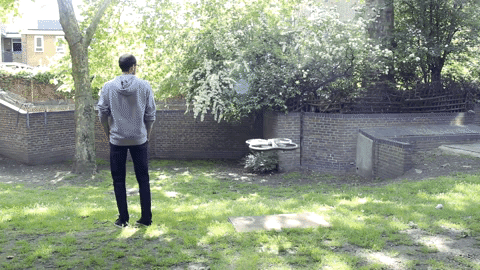
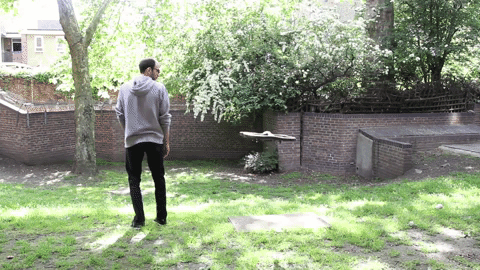
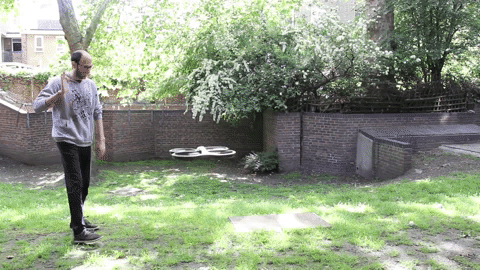
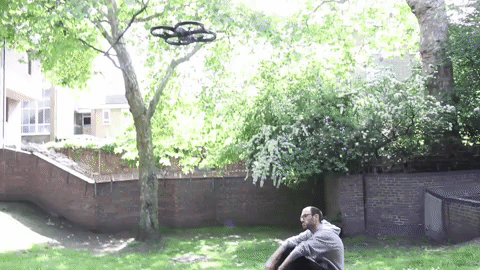
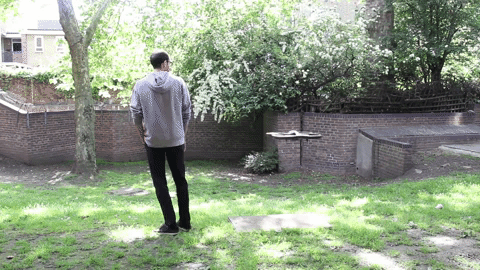
Synthetic Temperaments for Autonomous Systems
The behaviour of the drone if interpretable by humans could potentially dynamically change their emotional state throughout the interaction. The implications of such development in drone technology may then lead to a better public acceptance of the technology. And similarly may allow for the technology itself to navigate its own operational environment through guiding humans into a more certain reaction to their actions. Emergent use cases could include animation of flying characters, the creation of flying robot actors and synthetic swarms, drone robotic assistants or drones (co) operating autonomously with humans.
Press
Fast CoDesign, Prosthetic Knowledge, Wired, Deutsche Welle, Engadget, Gizmodo, PSFK, Best Video at the Human-Robot Interaction Conference 2018, IEEE SpectrumPublications
Social Interaction with Drones using Human Emotion Recognition.In HRI’18 Companion: Conference on ACM/IEEE International Conference on Human-Robot Interaction, March 5-8, 2018, Chicago, IL, USA. ACM, NY, 2 pages. DOI: https://doi.org/10.1145/3173386.3176966
We need a dream-world to discover the features
of the real world we think we inhabit.